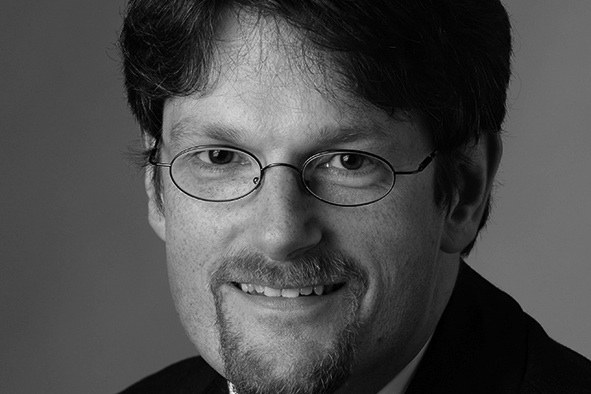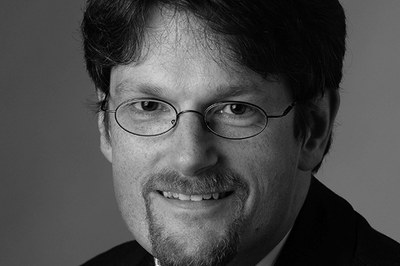What is the Next Wave in Lighting - is it Purely Technology?
Diversity makes lighting an exciting business. On the one hand you find people earning money with OLED doing one-off designs, then you have multi-billion Euro companies keeping their market share and reducing their workforce. How can this happen and what is next?
Looking at lighting through “semiconductor glasses” shows that the market needs to be faster, have extremely efficient “concept to production” cycles, as well as permanent cost reductions and increased flexibility by decreasing product lead-times, using platforms like Zhaga and managing stock efficiently.
This may work in B2B business for big complexes or factories with longer project lead-times, but it is almost impossible with regards to B2C business. Can an LED retrofit bulb be designed, qualified, produced and sold within a maximum of 6 months, in order not to become technically outdated? Maybe, but it also depends on attractiveness, price range and value to the customer as well as sales channels and market awareness. A delay factor could be the complexity of qualification and warranty and the fact that an LED is not only a component, but a complete system. As a result, very few companies can successfully produce LED bulbs for an extended period of time. Even the entry of Asian giants won’t change things dramatically.
Most European lighting companies work in the B2B environment and don’t have the capacity, resources or financial backing to take on things like designing or researching. They can’t work within a 6-12 month development cycle, produce goods themselves, or wait for readymade products to be shipped from the Far East. They are repeatedly turning to lower cost European companies or EMS manufacturers for quick production.
In other high-tech businesses like TV or automotive, Eastern European countries like Poland and Turkey are expanding their concept from EMS to OEM. Especially Turkey, with its highly skilled work force, growing population and stable, low salaries, has close relationships with many Western European countries!
A Turkish OEM electronics manufacturer, Vestel, with a turnover of over €5 billion has recently become the biggest producer of TVs for Europe. They have an annual capacity of 18 million pieces and an excellent reputation when it comes to quality and price. Just imagine: no tax and fast delivery times! This makes time to focus on core strengths like customer relations, product specification or market knowledge. Portfolios can be expanded quickly with ready-made, flexible luminaires that are custom made by a nearby manufacturer. Vestel and some other companies have started offering OEM services in the area of LED lighting.
From a technology point of view, I see an increase of innovations in area and linear lighting. Traditional ceiling tiles with T5/T8 tubes and traditional linear strip solutions will be replaced by flexible and fluid light. Point light sources like spot and track lights or downlights already achieve great color stability and uniformity with remote phosphor technologies. Ceiling lights are rather static and a 1 to 1 tube replacement remains a challenge, making little use of the technical advantages of semiconductor light. LED manufacturers should explore this market further while OLED need to improve in the areas of performance and lifetime while reducing costs to an acceptable level for mass markets.
What is the next wave in lighting?
It may be production efficiency (see Lean Management in Automotive with increasing variations, higher automation, but smaller quantities or outsourced production). In the area of technology it will be new technologies in linear and area lighting (like OLED or flexible LED light solutions).
In the end, creativity and relationships decide who the market winners are. Fortunately, lighting is about emotions and people, not only money and technology.
About the Author
Uwe Hock received his graduate engineer degree in electro technique / telecommunication from the University of Darmstadt in 1995.
He joined Vestel Germany in 2012 with the focus on setting up and developing LED lighting business in Germany, Switzerland and Austria. Before that he worked at Sharp Microelectronics Europe for over 8 years; the last 4 as Manager of Lighting Business for Europe. His first LED related activities began at the end of 2007 in the areas of Sales & Marketing and Business Development for the emerging HB-LED market. Previous to that, he worked in the microelectronics industry for 10 years in various Sales & Marketing positions at companies like AT&T Microelectronics.
Source: LED professional Review (LpR) - Issue 36


